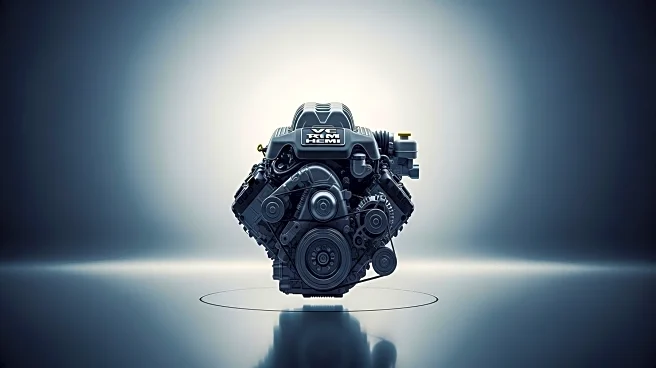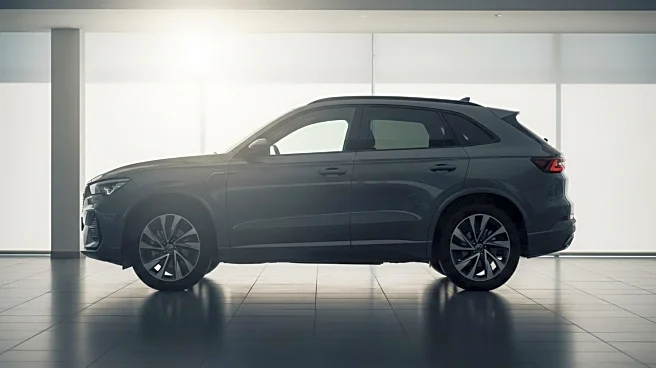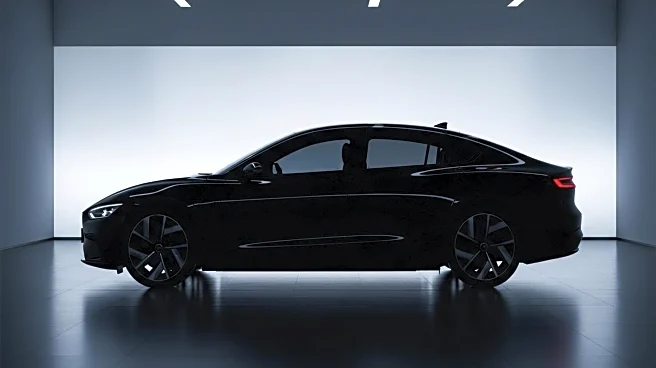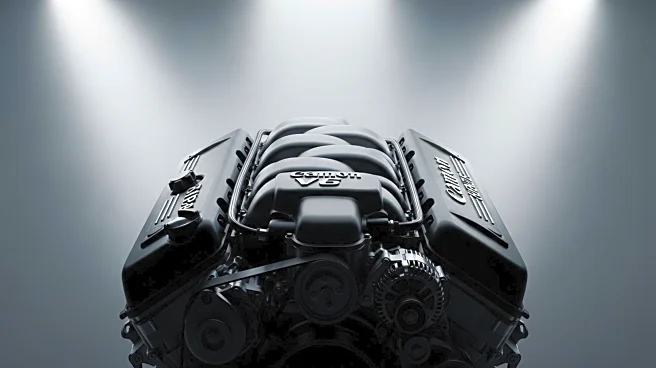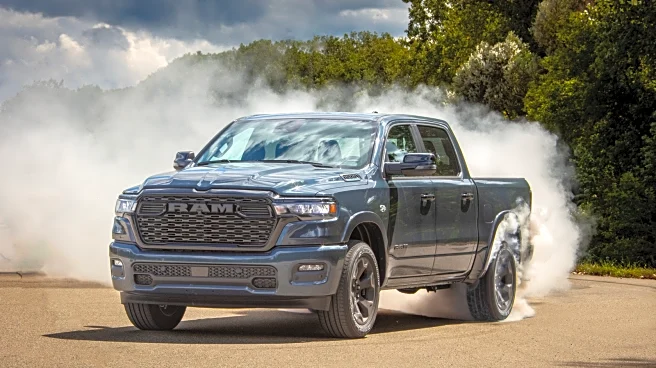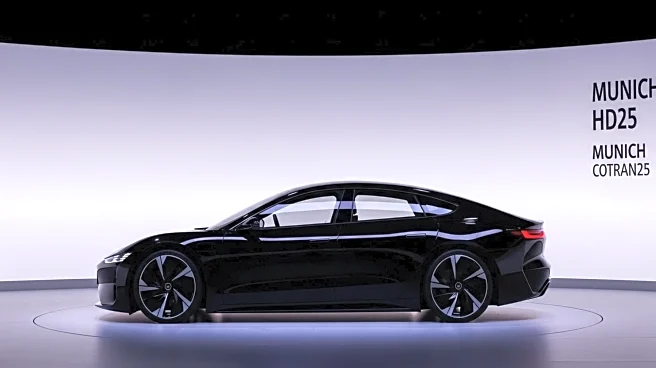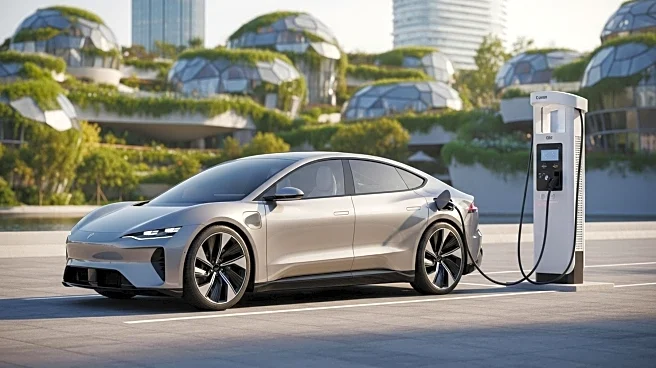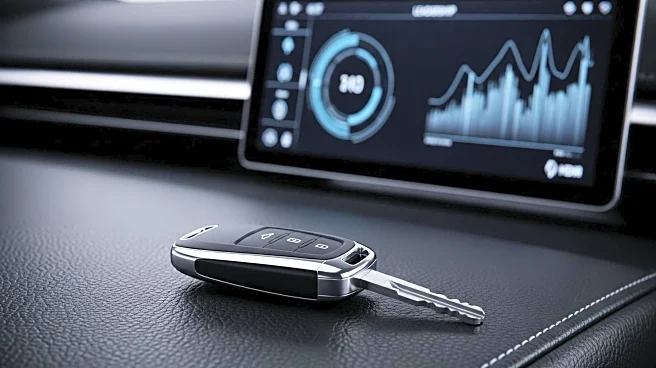What's Happening?
The Ram 1500 Hemi has been reintroduced with a V-8 engine, following changes in emissions regulations. The decision to bring back the Hemi was made in December, coinciding with Tim Kuniskis's appointment as head of Ram. The V-8 engine is available for an additional $1,200 over the standard Hurricane I-6, offering the same horsepower and torque as before. Despite its lower performance compared to the Hurricane I-6, the V-8 appeals to customers seeking simplicity and durability. Ram's move comes as competitors like Chevrolet and Ford continue to offer V-8 options.
Why It's Important?
The return of the V-8 engine in the Ram 1500 Hemi highlights consumer demand for traditional powertrains despite advancements in turbocharged engines. This decision reflects a broader trend in the automotive industry where manufacturers balance innovation with customer preferences. The V-8's simplicity and reliability are key factors for truck buyers, impacting Ram's sales strategy and competitive positioning. The move may influence other automakers to reconsider their engine offerings, potentially affecting market dynamics and consumer choices.
What's Next?
Ram's reintroduction of the V-8 engine could lead to increased sales and customer loyalty, as it addresses a significant demand among returning customers. The company may continue to explore ways to enhance the V-8's performance and efficiency, aligning with evolving emissions standards. Competitors might respond by reinforcing their own V-8 offerings or innovating alternative powertrains to capture market share. Ram's strategy will likely focus on maintaining its appeal to traditional truck buyers while adapting to regulatory changes.
Beyond the Headlines
The revival of the V-8 engine raises questions about the automotive industry's approach to emissions and environmental responsibility. As regulations fluctuate, manufacturers must navigate the balance between consumer demand and sustainability. This development may prompt discussions on the long-term viability of traditional engines versus electric and hybrid alternatives, influencing future policy and industry standards.
